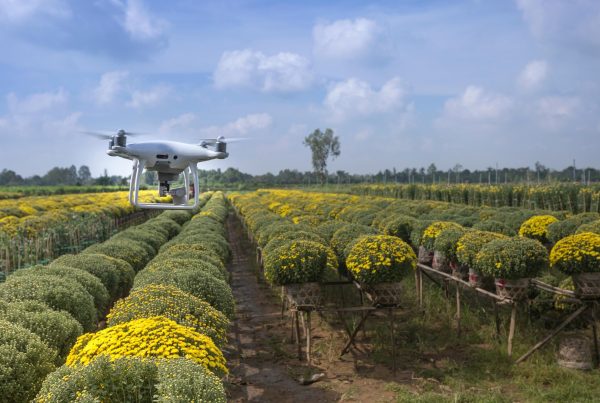The use of technology, particularly drones, has become a valuable tool to help the vulnerable population in places that are difficult to access. These unmanned aerial devices have proven their effectiveness in detecting abnormal situations and providing assistance in remote and hard-to-reach areas.
In humanitarian and development contexts, drones are used to monitor and assess the situation in isolated communities or in conflict zones. These devices can fly over remote areas and capture high-resolution images, making it possible to quickly identify needs and coordinate an appropriate response. For example, drones can detect the presence of displaced communities, identify areas where urgent medical attention is required, or assess access to drinking water. Also, detect irregular situations such as child labor and conditions of modern slavery, which unfortunately continue to be a reality.
In addition, drones have also been used to deliver aid in hard-to-reach areas. They can transport essential medicines, food and supplies to isolated communities, overcoming geographical obstacles and improving access to humanitarian aid. This is especially important in mountainous, jungle or conflict-affected areas, where land routes are limited or insecure In fields and large areas, drones are particularly useful for identifying and taking images of people who could be used to work under illegal conditions.
It is essential to address the ethical and privacy challenges associated with the use of drones: clear guidelines must be established to ensure respect for the rights of individuals, including the protection of privacy and the security of data collected. Additionally, proper training is required for drone operators, in order to maximize their effectiveness and minimize potential risks. Drones must be operated by authorized personnel and notifications to regulatory authorities must be in order.
The use of drones to support vulnerable populations in hard-to-reach places has proven to be beneficial in various humanitarian and development contexts. These devices allow the detection of anomalous situations, the monitoring of isolated communities and the delivery of aid in remote areas, as well as the monitoring of work in geographically isolated or difficult-to-access areas. However, it is essential to use this technology responsibly, ensuring respect for the rights and privacy of the people affected, in order to maximize its benefits and minimize any potential negative impact.





